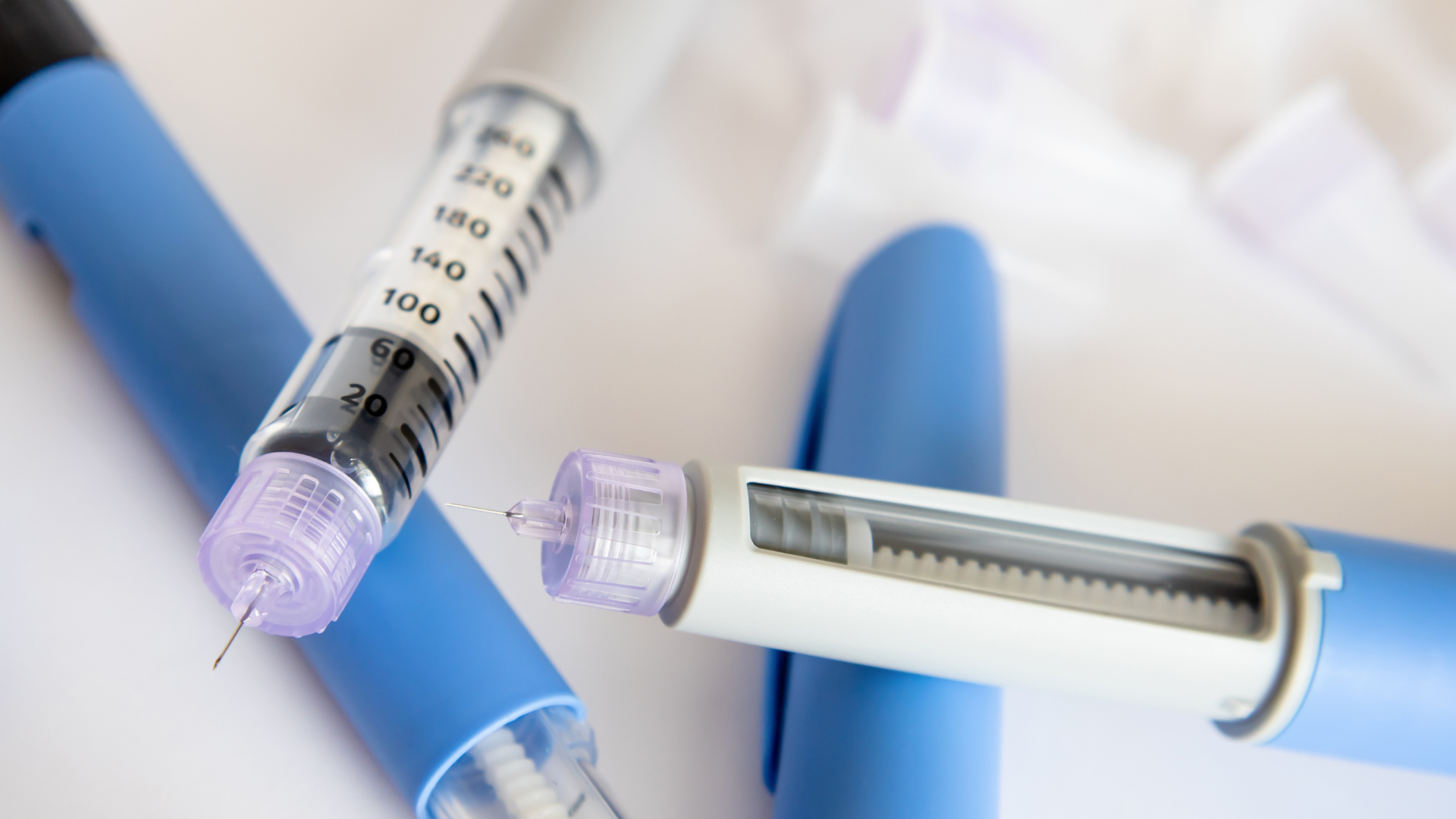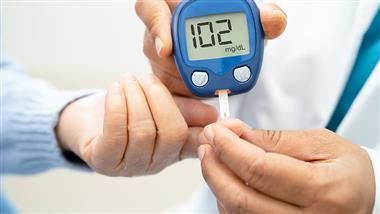Salt and Diabetes: Does Sodium Affect Blood Sugar?
Salt is essential for regulating important body functions, but too much can be harmful. Here are some strategies to reduce sodium in your diet.
If you live with a chronic condition like diabetes, high blood pressure, or kidney disease, watching your salt intake is essential.
While salt is necessary to sustain healthy functioning of the human body, too much can cause damage.
“Salt is important for water balance in the body. We all need at least a little bit of salt. However, many people eat too much salt,” said Dr. Absalon Gutierrez, an associate professor of endocrinology, diabetes, and metabolism at the McGovern Medical School in Houston, Texas.
The World Health Organization estimates most adults take in an average of 9-12 grams of sodium daily, which is well above the recommended 5 grams (roughly 1 teaspoon) per day. Because so much sodium is found in processed and prepacked foods, many people have no idea how much they’re consuming.
This can be especially concerning for people with diabetes, who are already at a higher risk for other health complications like heart disease and obesity.
How can salt harm health?
High sodium intake is a known contributor to high blood pressure or hypertension. Over time, high blood pressure damages arteries and can eventually lead to heart disease. Too much salt over time could also be a risk factor for health conditions like diabetes.
“Emerging evidence suggests that high intake of ultra-processed foods rich in salt, starches, and carbohydrates, are strongly associated with the development of type 2 diabetes,” said Dr. Yvonne Covin, a practicing internal medicine physician in Dallas, Texas.
While salt intake doesn’t directly affect blood glucose levels, too much sodium could indirectly impact glucose metabolism down the road.
Certain populations are also more sensitive to salt, including people who are Black, have obesity, are elderly, or who already have pre-existing conditions like hypertension. This means that depending on your biology, age, and overall health, what’s deemed a “healthy” sodium intake may not be the same for you as someone else.
Benefits of a low-sodium diet
Evidence shows that decreasing salt consumption can have significant positive effects. One study found that individuals who reduced salt intake by as little as 1 gram per day consumed 27 grams less per day of sugar-sweetened soft drinks.
Low sodium also maintains healthy blood pressure levels, which in turn helps keep blood glucose under control. Consuming less salt can also prevent fluid from building up in the legs and stomach, which is significant for people with kidney or heart disease as excess fluid leads to swelling and increased blood pressure.
How to lower your salt intake
Limiting the amount of salt in your diet can be challenging. However, a few simple changes are all that you need to do to help prevent disease and improve overall health.
Avoid processed foods
Most processed foods contain high sodium levels as a preservative or to enhance flavor. Consider limiting your consumption of processed or cured meats, condiments, and pickled foods.
Instead, select fresh foods including vegetables and fruit, eggs, whole grains, unsalted nuts, and lean cuts of protein (fresh or frozen).
Processed or prepacked foods high in sodium that you may want to avoid include:
- Soft drinks
- Potato chips
- Chocolate or candy (yes, even sugary foods can contain high levels of sodium)
- Sweetened breakfast cereals
- Packaged soups
- Fast foods like chicken nuggets, hot dogs, and fries
Read food labels
It’s a bit easier to manage sodium levels if you’re cooking at home, but things can get a little tricky at the grocery store. Pay attention to the salt content listed on food labels and choose products with lower sodium levels.
And it’s not just sodium to watch out for. Food manufacturers often add sugar to products to keep items flavorful when decreasing salt content. This is especially important to keep in mind for people with diabetes.
Cook at home
When preparing food at home, you’re in control of how much salt is in a dish. A great option is to buy fresh meat or poultry and cook it using fresh herbs and spices on your day off. Then, you can store and portion it for several days for sandwiches, wraps, and stews.
If you don’t have time to cook, choose fresh or frozen options at the grocery store rather than packaged or canned goods that often have a higher salt content. Keep in mind that frozen foods and sauces still contain sodium.
Flavor food with herbs and spices
Instead of using salt to add taste to food, try out different herbs, spices, and other seasonings. Here are some examples you can substitute for salt:
- Warm: Cinnamon, ginger, nutmeg, cloves, or vanilla extract.
- Savory: Onion, garlic, olives, sage, or vinegar.
- Spicy: Black pepper, cayenne pepper, chili powder, cumin, or crushed red pepper.
- Herbs: Basil, cilantro, dill, oregano, parsley, or rosemary.
- Citrus: Lemon peel zest or orange peel zest.
Be careful with condiments
Many condiments and sauces, such as ketchup, soy sauce, and salad dressing, are high in sodium and sugar. Use them sparingly or seek low-sodium alternatives.
We all know a good dressing or side sauce can make a whole meal, so why not try making your own? Homemade salad dressing, for example, often only needs a few ingredients and contains a lot less salt than what you buy in a bottle.
Reduce salt consumption slowly
Salt is an acquired taste that over time we become accustomed to. So, make changes slowly to give your taste buds time to adjust. Your first goal should be for a 10% decrease in salt intake.
To help with the process, remove the salt shaker from your table and taste foods first to see if you actually need to add salt or are just doing it out of habit.
Take control when eating at restaurants
Often meals from restaurants contain excessive amounts of salt. Before going, look at nutrition information online and select items with the least sodium.
When ordering food, request no or less added salt, choose grilled or steamed options, and ask for dressings and sauces on the side.
By making a few simple changes, you’ll be able to reduce the amount of salt you consume, allowing you to live your life to the fullest and enjoy eating without being concerned about every little bite.
Learn more about diabetes, nutrition, and healthy eating here:
- Six Tasty Heart-Healthy Recipes
- What to Eat with Diabetes
- Beyond Calories: Nutrition Advice from Leading Researchers
Credited: Ashley Wood Source: The diaTribe Foundation | Salt and Diabetes: Does Sodium Affect Blood Sugar?
Healthy Bites















